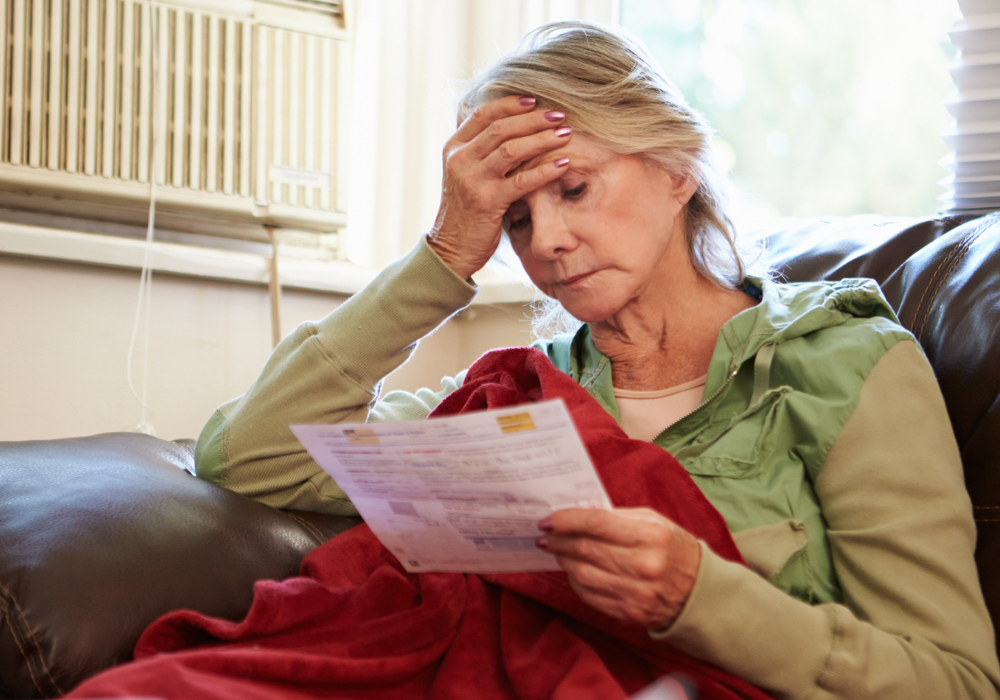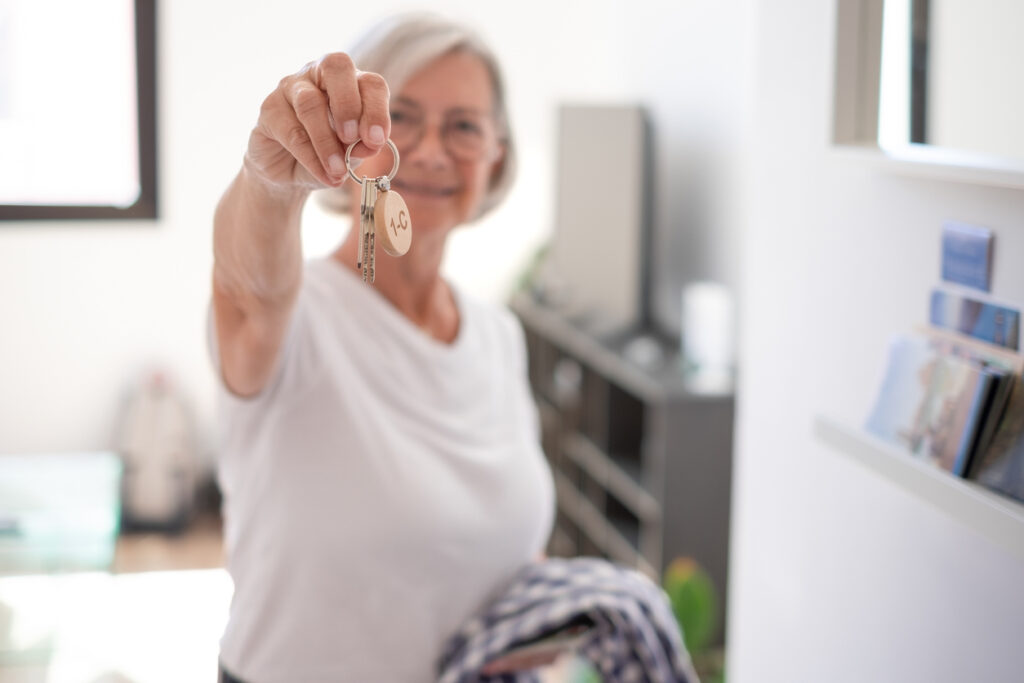Rising rents are pushing more older New Yorkers to seek roommates for affordable living.

In New York, the number of older adults applying to become roommates has surged—reflecting a growing housing squeeze for seniors. As rents jump (some neighborhoods see hikes of 30% or more since before the pandemic), many Boomers find that living alone is no longer financially viable. Rather than leave the city or downsize drastically, they’re teaming up under one roof. These shifting living arrangements hint at a larger affordability crisis among aging populations.
1. Skyrocketing Rent Burdens Among Older Adults

In New York City, seniors on fixed incomes are struggling as rents continue to climb. Many spend over 30 percent of their monthly income on housing, a threshold that leaves little room for food, healthcare, or other essentials. For retirees relying solely on Social Security, rising rent often becomes impossible to manage, CBS News mentioned.
This financial strain is driving more older adults to look for shared housing as a solution. By splitting costs with a roommate, they can stay in their communities, maintain independence, and avoid the destabilizing impact of housing insecurity.
2. Surge in Senior Roommate Applications

Applications for senior roommate arrangements have nearly tripled in just three years, highlighting how quickly the trend is growing. Older New Yorkers are increasingly using online platforms and nonprofit programs to connect with potential roommates. Many say this step was once unthinkable, but rising costs left them with little choice.
This surge demonstrates both a housing affordability crisis and a cultural shift. Roommates are no longer just for younger adults; they have become a practical solution for retirees hoping to stretch their limited incomes without leaving the city they call home, according to PBS.
3. Decline of Affordable Units for Seniors

The supply of affordable rental units in New York has steadily declined over the last decade. Waiting lists for subsidized apartments are years long, and fewer modestly priced units are available overall. Even rent-stabilized housing cannot fully shield seniors from escalating costs.
As a result, more older residents are being priced out of the neighborhoods they have lived in for decades. Shared living is often the only immediate alternative, as shared in The New York Times. For seniors determined to remain in their communities, finding a roommate becomes a strategy for survival as well as stability.
4. Home Equity Isn’t Always a Safety Net

Many seniors who own homes face challenges when trying to downsize or tap into equity. Rising property values, limited housing inventory, and tax implications can make selling impractical. Instead of finding financial security, some older homeowners remain house-rich but cash-poor.
Renting out a spare room or entering a roommate arrangement provides an alternative to selling. It allows homeowners to generate income while staying in place. This approach is becoming increasingly common as older adults seek creative ways to make retirement more sustainable without uprooting their lives.
5. Senior Poverty Rates Are Rising

Poverty among older adults has grown in many parts of New York, with retirees finding themselves unable to keep pace with inflation. Social Security benefits often fall short, and pensions are less common than in past generations. As a result, many seniors live with little or no financial cushion.
This increase in poverty has fueled demand for roommate living. Seniors who might once have managed comfortably now find themselves at risk of housing insecurity. Sharing a home offers a way to reduce costs and preserve independence in the face of limited resources.
6. Healthcare Expenses Add to the Strain

Medical costs represent one of the biggest financial pressures for seniors. Even with Medicare, many face high out-of-pocket bills for prescriptions, procedures, and long-term care. These unexpected expenses can quickly destabilize retirement budgets already stretched thin by rising rents.
To cope, some seniors turn to roommate living as a way to free up money for healthcare. By splitting housing expenses, they can redirect funds to medical needs. This tradeoff helps protect both their physical health and their ability to age independently in the city.
7. Social Benefits of Roommate Living

While financial savings drive most roommate arrangements, the social benefits are equally powerful. Loneliness and isolation are common among older adults, especially in large cities. Sharing a home provides daily interaction, companionship, and emotional support.
For many seniors, having a roommate helps combat the health risks linked to isolation, such as depression or cognitive decline. Living with others can bring a sense of security and belonging, making the arrangement feel like more than just a financial decision—it becomes a lifestyle that supports overall well-being.
8. Nonprofit Programs Are Expanding Options

Nonprofit organizations in New York are stepping up to connect seniors with safe, compatible roommates. These programs carefully vet applicants, match living preferences, and provide oversight to ensure successful arrangements. They have become increasingly important as demand for affordable housing grows.
For older adults hesitant about sharing their home with a stranger, these programs provide peace of mind. By offering structure and safeguards, they make roommate living a more accessible and appealing option for seniors who might otherwise feel vulnerable or uncertain about the process.
9. Generational Attitudes Toward Roommates Are Changing

Roommates were once considered a temporary solution for students and young professionals, but cultural attitudes are shifting. More seniors now view shared living as a legitimate long-term strategy rather than a last resort. This change reflects both necessity and evolving perceptions of retirement.
By embracing roommates, older adults are challenging outdated stereotypes of aging. They are showing that flexibility and adaptability can be strengths, not weaknesses. This cultural shift is helping reduce stigma and making shared housing a mainstream option for retirees across the city.
10. Longer Life Expectancy Requires New Solutions

Americans are living longer than ever, and many Boomers face the reality of retirement lasting 25 or 30 years. Maintaining housing affordability for such an extended period can be daunting, particularly with unpredictable expenses.
Roommate living provides a way to stretch resources over the long haul. By cutting monthly housing costs, seniors can better manage their finances across decades. This solution helps older adults feel more secure as they plan for an extended retirement, where both financial and emotional stability are essential.
11. Experts Warn of a Growing Crisis

Housing advocates caution that the surge in senior roommate applications signals a much larger crisis. Without new affordable housing initiatives, even middle-income older adults will continue to face housing insecurity. The rapid increase in shared living is a symptom of deeper systemic issues.
Experts argue that relying on roommate arrangements is only a stopgap. While seniors are adapting resourcefully, the trend underscores the urgent need for policy reforms. Without action, the number of older New Yorkers struggling to afford stable housing is expected to rise even further in the coming years.
